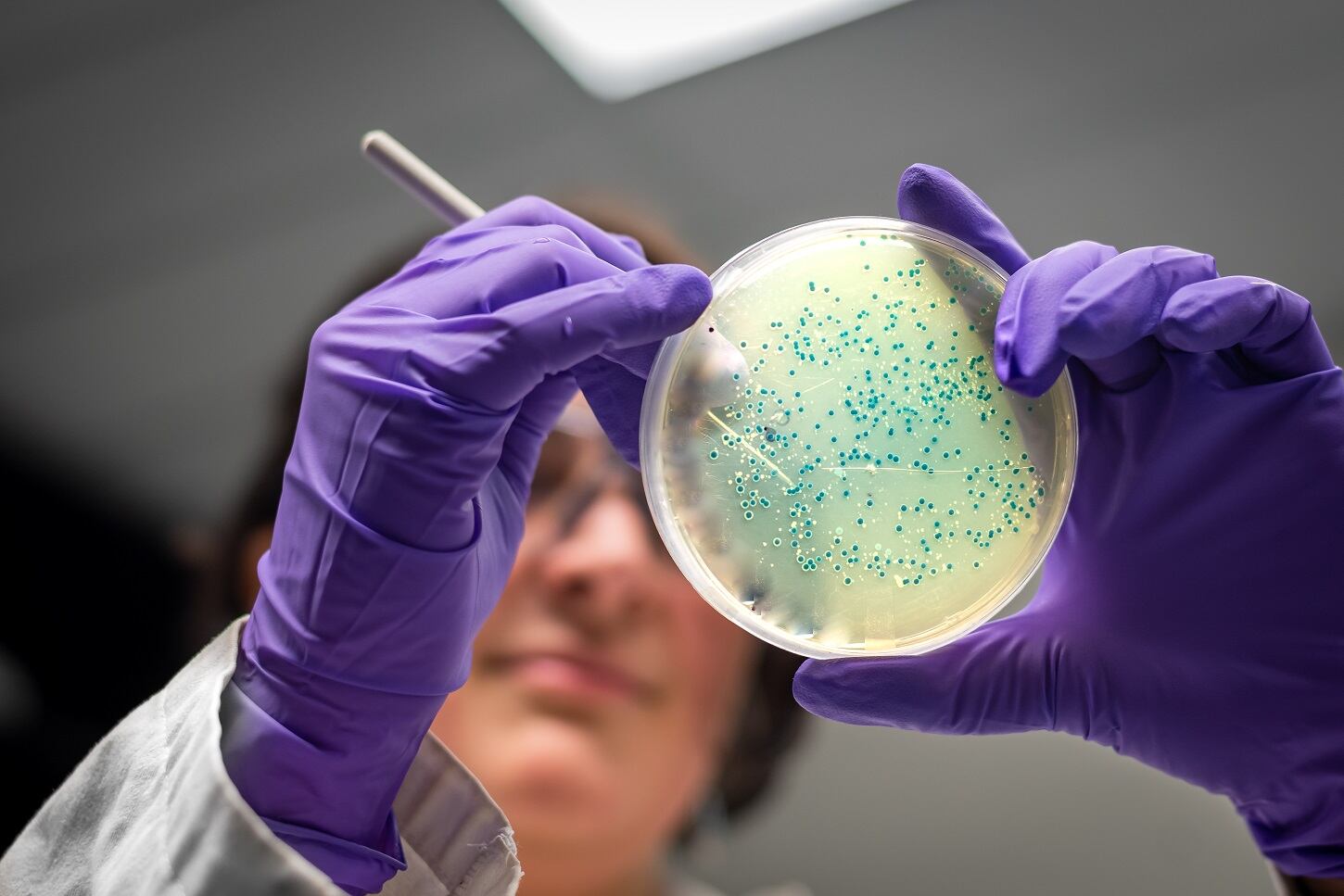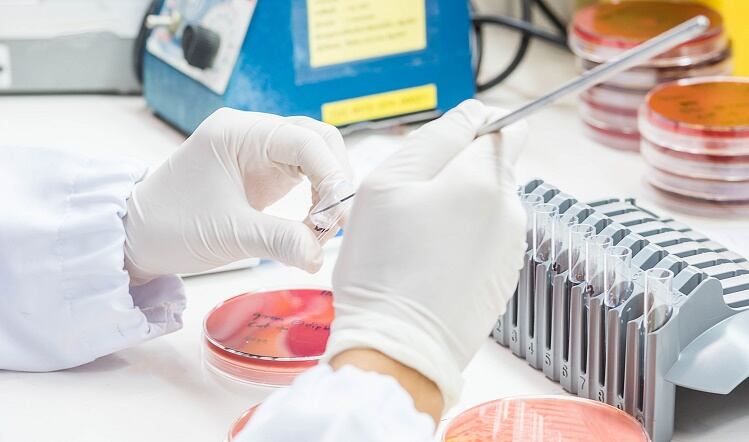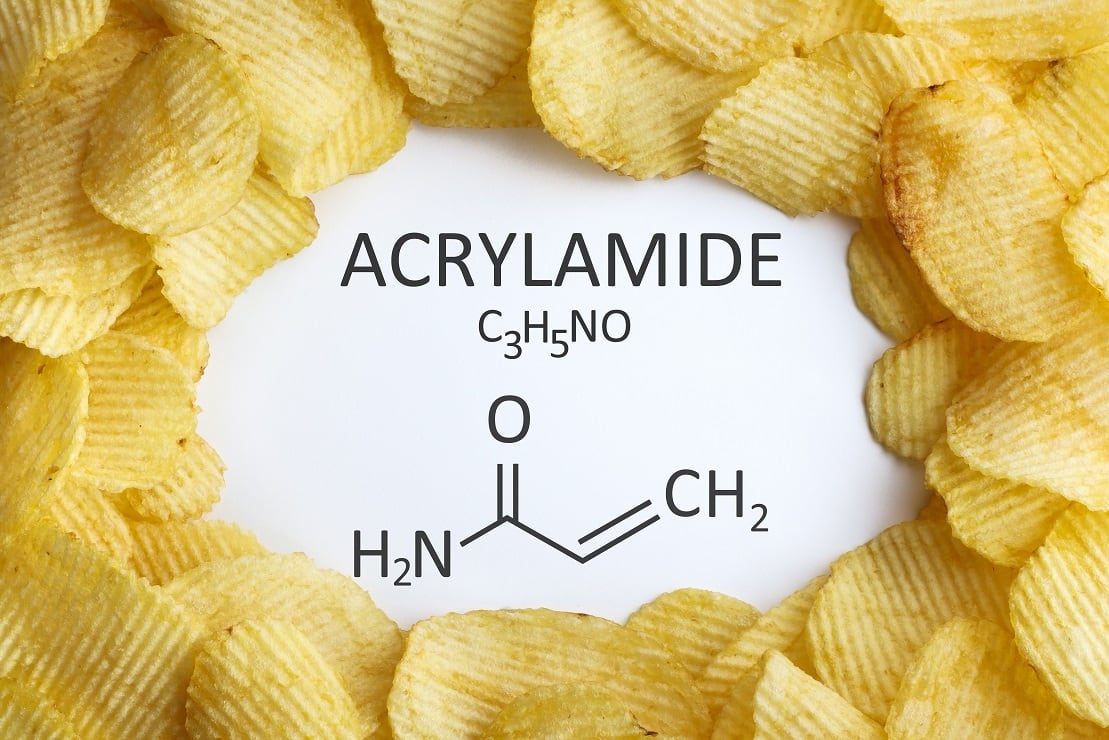While the pandemic may be abating - at least for the summer months - the long-term impacts of Brexit are continuing and the shock of the Ukraine conflict has put inevitable pressures on the food supply chain.
Combine that with the soaring ingredients costs and the skills crisis and food manufacturers are facing real challenges not only with operations but with managing food safety.
The recent spate of food safety scares that have dogged the headlines have put the issue back in the spotlight.
Salmonella
Earlier this year Salmonella contamination sparked recalls of infant formula, pork snack products and frozen raw dog foods.
Meat processor Cranswick has confirmed an outbreak of salmonella at its poultry facility in Hull, in a ‘limited number’ of cooked chicken products, which it found during a routine internal inspection.
And the surprise outbreak at Ferrero saw the recall of selected batches of Kinder Surprise.
It's not just salmonella as an ongoing listeria outbreak earlier this year was linked to smoked fish.
Public trust in food safety
But despite the continuing recalls and food safety concerns, the Food Standards Agency (FSA) revealed earlier this year that public trust in food safety, the food supply chain and authenticity remains high.
Its research found that 90% of respondents had confidence that the food they eat is safe, while 73% say they were confident in the food supply chain. While this research was pre the current impact of the Ukraine war and the recent recall cases it shows a confidence of the public in the safety of food in the UK.
Despite positive consumer confidence organisations are focusing on food safety issues and strategies for tackling outbreaks.
The FSA is involved in the Pathogen Surveillance in Agriculture, Food and the Environment (PATH-SAFE) project. The three-year project aims to develop a pilot national surveillance network, using the latest DNA-sequencing technology and environmental sampling to improve the detection and tracking of foodborne and antimicrobial resistant pathogens through the whole agri-food system from farm to fork.
Microbiological hazards
The FSA is not the only organisation to focus on food safety hazards. The European Food Safety Authority (EFSA), which is responsible for risk assessment throughout the food and feed chain work in answer to specific mandates received from the European Commission, the European Parliament and member states, recently initiated a Self-task mandate from the BIOHAZ Panel for a Scientific Opinion on the persistence of microbiological hazards in food and feed production and processing environments.
This means EFSA will be looking at a range of issues such as identifying the most relevant microbiological food safety hazards and assessing available and enhanced measures or interventions for monitoring, preventing and/or controlling the persistence of the most relevant microbiological food safety hazards.
At a plant and factory level food manufacturers have their own legal responsibility to ensure that food is safe and should regularly review and update their Hazard Analysis and Critical Control Point (HACCP) processes to achieve this.
The FSA says food business operators should ensure suppliers of raw materials consistently meet appropriate quality and safety standards. A thorough investigation and review of HACCP and cleaning procedures should always be carried out when a problem has been identified in order to prevent a recurrence.
“If necessary, food businesses should seek specific advice to tackle any persistent or recurring microbial contamination, which could be caused by biofilms or other particularly resilient microbes,” the spokesperson said.
Hygiene & cleaning
“Staff should be trained and reminded of hygiene measures and the use of personal protective equipment in line with the FBO's [Food Business Operator's] standard operating procedures.”
The agency added that a regular sampling and cleaning schedule is an effective tool in identifying and eliminating contamination of the processing environment and in final product.
This is a view supported by Christeyns food hygiene technical director Peter Littleton, who is also chair of the Society of Food Hygiene & Technology. He does not think there is any root cause of the recent food recalls.
“It is not that unusual but there is a lot more reporting of it now and it is easier to track that information,” he says.
“The manufacturing industry in the UK has a fantastic track record of not causing problems and when it does happen it tends to be a single point source failure or a series of events.”
Price rises
However, he recognises that in the current climate the industry is facing some major challenges including the impact of price rises, not only on food items, but also in the raw materials in cleaning products.
“We have got a lot of shortages at the moment on pretty much everything and price rises on everything. With these price rises going in on raw materials we are having to go to our customers and say we are really sorry but we have got to increase prices again,” he says.
“We are looking at how we can adjust formulations to ensure they still perform but give cost control.”
He highlights three areas that food safety staff need to focus on – optimising the clean, staff training and machine design.
Despite the price rises Littleton sees no evidence of food manufacturers cutting back on cleaning regimes but they are looking at being more efficient.
Labour shortages
Littleton adds that labour shortages are also an issue with staff needed for cleaning, as line operatives as well to make product ‘change over’ cleans.
“You have to be looking at the standards you are trying to achieve, the equipment you have available, the time and personnel and resources you have available and making sure you process is still achieving those standards,” he says.
“This includes utilising rapid test technologies to ensure your standards are being maintained without waiting three days to get your swab track back.”
He says food manufacturers using reputable cleaning suppliers will receive products that are of a good quality to help combat any issues. “The chemicals are able to do a job, however, if they stay in the keg and don’t get to the target surface it is not going to be any good. It can be the hygienic design that is at fault on the machinery that is not easy to access.”
Persistence is key
He highlights that persistence is key using a multi-stage clean as the majority of bacteria is actually removed during the cleaning process and the disinfectant stage is there to 'mop up the stragglers'.
But if corners are cut that is when there can be potential food safety risks.
“It tends to be somebody well-meaning who thinks they need to get the machine quickly up and running. It is rarely at the management level it is about the training and awareness of the staff involved in hygiene,” Littleton says.
David Oliver UK platform manager – industry manager - food and beverage, SKF, which produces bearings for machinery used by manufacturers, which are produced with no unnecessary crevices or pockets where debris or bacteria can accumulate.
He says food safety managers are under unprecedented pressure to maintain high standards without compromising output or productivity. “High-profile recalls sparked by salmonella and listeria infections show that the industry doesn’t always get the balance right.”
Multi-level approach required
“Safe, regulatory compliant food production requires a multi-level approach. That includes appropriate facilities and equipment, robust and properly enforced operating and maintenance procedures, and effective monitoring and quality assurance. Wherever they can, however, food and beverage processors strive to ensure that food safety is designed into their production systems.”
One key trend that the company has observed recently across the industry is the desire to adopt food safe principles across every part of a production facility.
“Users know that contamination can occur anywhere, and that includes in pre- and post-processing as well as core production activities,” he says.
The Chilled Food Association has already raised concerns about biofilms on surfaces that are inaccessible to cleaning by highlighting past international outbreaks of Listeriosis caused by inadequate cleaning of food manufacturing areas.
Use of ingredients
However, Karin Goodburn, director general, says that in terms of new risks, the chilled food production sector, is facing issues around the use of ingredients.
Food manufacturers supplying major retailers have always used ingredient suppliers specified and pre-selected by the retail customer, re-audited and subject to supplier quality assurance, irrespective of country of origin.
“However, as a prelude to the end of the transition period many businesses had moved away from ingredients that were expected to be affected by new red tape and therefore potential supply chain disruption," says Goodburn. "COVID meant streamlining of product lines to ensure volume production of major lines.
“Ingredient/raw material cost is a major issue, compounded by the invasion of Ukraine and impact on raw materials.”
Audits
Meanwhile, Andy Kerridge, food safety & quality consultant at Wyvern food Solutions, speaking during a recent webinar with Food Manufacture, points out issues for food safety on a more local level.
While he says the number of public recalls seems 'about the same', he believes the current food safety system keeps piling on pressure with administration and paperwork. “There's a reducing pool of auditors which is not a surprise because of the increasing pressures they face when they go onto the site to complete all these elements.
“There are dangers of important elements of food safety being missed because of following up on documentation. How many times do we need to look at a pest control contract? They are important but there is stuff that is available and could be monitored on a more continuous basis that doesn’t need a site visit.”
Whatever the challenges going forward food safety is going to remain a top priority for manufacturers. With prices increasing, ingredient substitutions likely to need to continue, the impact of Brexit and the ongoing impact of the Ukraine war are set to continue.
FSA recall and traceability advice
- If a food business suspects that food it has placed on the market may be unsafe, it must be withdrawn from the supply chain as soon as possible and recalled without delay if it has reached consumers.
- Under Article 18 of Retained Regulation (EC) 178/2002, food business operators are required to be able to identify any person from whom they have been supplied with a food, a food-producing animal, or any substance intended to be, or expected to be, incorporated into a food and to identify the businesses to which their products have been supplied.
- Each segment of the supply chain must be able to trace all the foods received by them and supplied by them (i.e.one step back and one step forward). This includes being able to trace, as required, the ingredients used to produce finished products. As such, they are required to have in place systems and procedures which allow for this information to be made available to the competent authorities on demand. Any food they produce should be adequately labelled or identifiable to facilitate its traceability, through relevant documentation or information.
The FSA offers further advice and guidance on food traceability.




